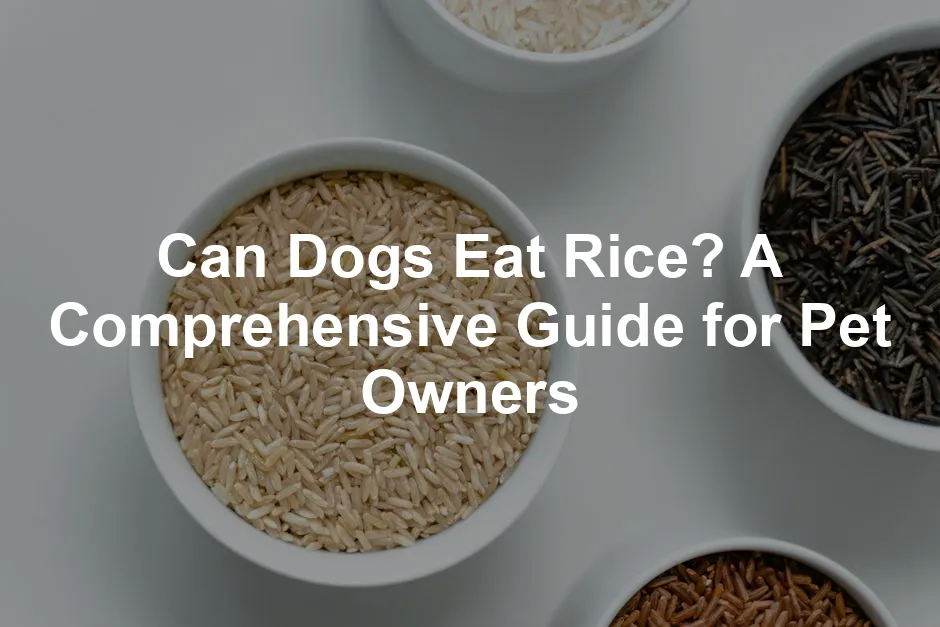Introduction
Rice is a common food item in many households. It’s often a staple in our meals. But can dogs eat rice? The answer is yes, with some important caveats. Before introducing rice into your dog’s diet, always consult your veterinarian. Every dog is unique, and their dietary needs can vary.
When introducing new foods like rice, it’s essential to ensure a smooth transition for your dog. Tips on ensuring a smooth introduction between dogs and babies
Summary and Overview
Rice offers several nutritional benefits for dogs. It is a good source of carbohydrates, providing energy. White rice is often recommended for dogs with upset stomachs. Brown rice, jasmine, and basmati are also safe options. Each type has different nutritional profiles. Moderation is key, as too much rice can lead to digestive issues. Always prepare rice plain, without additives. Potential risks include high blood sugar levels and, rarely, allergies.

If you’re looking for an efficient way to cook rice for your furry friend, consider investing in a Rice Cooker. It takes the guesswork out of cooking, ensuring your rice is perfectly fluffy every time, while also giving you more time to play fetch with your pup!
Can Dogs Eat Rice?
Is Rice Safe for Dogs?
Yes, rice is generally safe for dogs. Many commercial dog foods include rice as an ingredient. Always serve it plain and fully cooked. Avoid adding salt, butter, or spices, as these can harm your dog’s health. If prepared correctly, rice can be a beneficial addition to your dog’s diet.

Nutritional Benefits of Rice
Vitamins and Minerals
Rice is a nutritious addition to your dog’s diet. It contains essential nutrients that support overall health. For starters, rice is a great source of carbohydrates. These carbohydrates provide energy for your furry friend.
Additionally, rice is rich in fiber. This fiber aids in digestion and can help regulate bowel movements. You’ll also find important vitamins in rice, such as B vitamins, which support metabolism. Minerals like iron and magnesium promote healthy body functions.
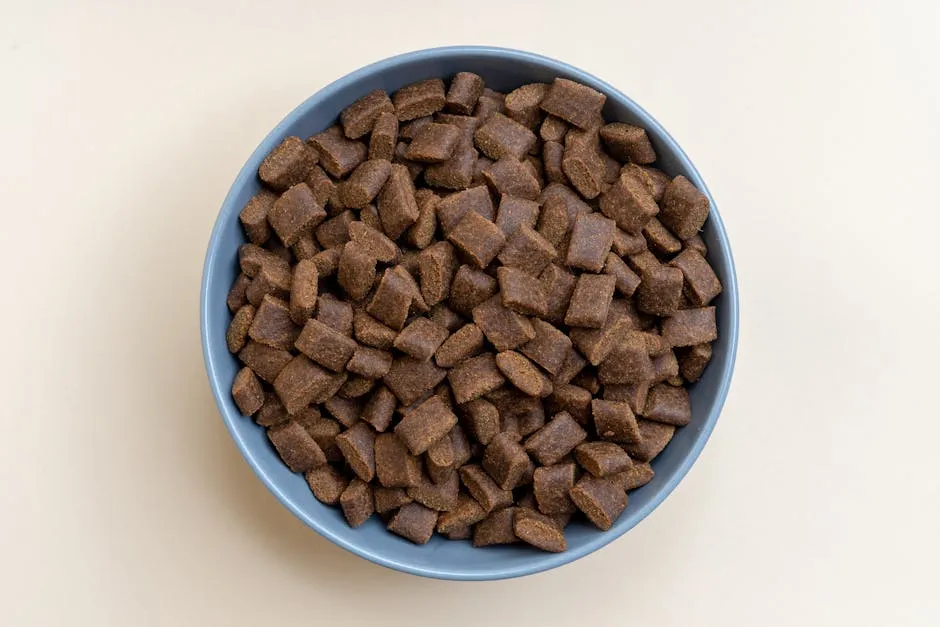
Moreover, selenium found in rice acts as an antioxidant, helping to protect cells from damage. Incorporating rice into your dog’s meals can offer a balanced nutrient profile, contributing to their well-being.
Speaking of well-being, don’t forget about your dog’s overall health! Consider adding Dog Vitamins to their diet. Just like humans, dogs need a little extra boost sometimes to keep them healthy and happy!
How Rice Aids Digestion
Rice is particularly beneficial for dogs with gastrointestinal issues. Its bland nature makes it easy to digest, which is crucial when your dog has an upset stomach.
Veterinarians often recommend rice as part of a bland diet. This type of diet helps soothe digestive disturbances, such as diarrhea or vomiting. Rice binds loose stools, making it a popular choice for alleviating digestive troubles.
By including rice in their meals, you can help your pup return to their happy, healthy self.

Types of Rice Dogs Can Eat
White Rice
White rice is one of the most recommended types for dogs. It has a soft texture and is easy to digest, making it ideal for pups with sensitive stomachs.
When your dog experiences an upset stomach, white rice can provide relief. Its blandness helps to settle their tummy. Additionally, white rice can be a good source of quick energy.
However, remember that it should only be a temporary solution. Long-term feeding of white rice is not advisable. It’s best used in moderation, especially during digestive distress.
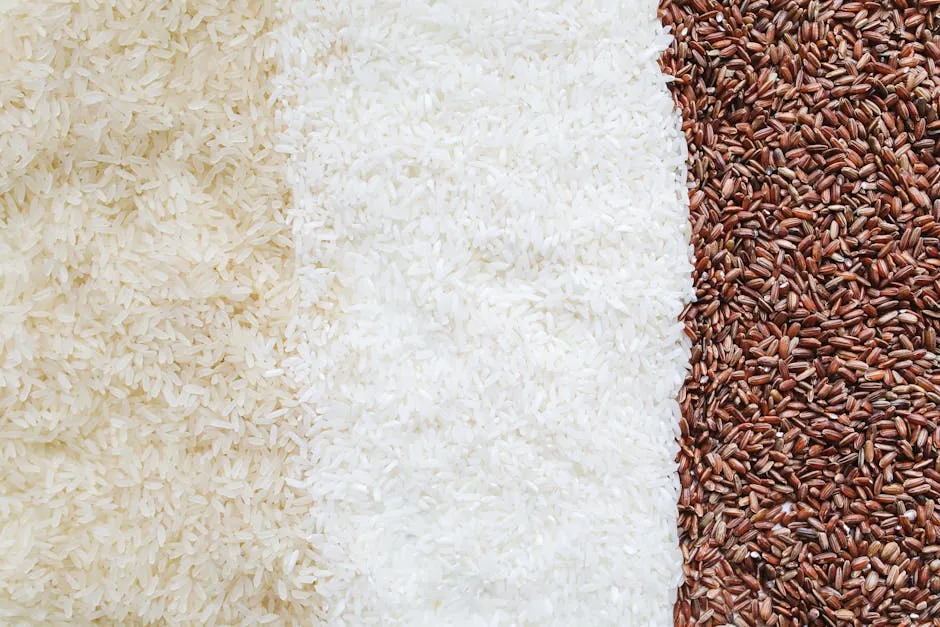
Brown Rice
Brown rice offers noteworthy nutritional benefits for dogs. It is less processed than white rice, retaining its bran and germ layers. This means it has higher fiber and nutrient content. Fiber aids digestion and helps maintain a healthy weight. However, some dogs may find brown rice less digestible. If your dog has a sensitive stomach, start with smaller portions to see how they react. Always consult your vet before making significant changes to your dog’s diet.
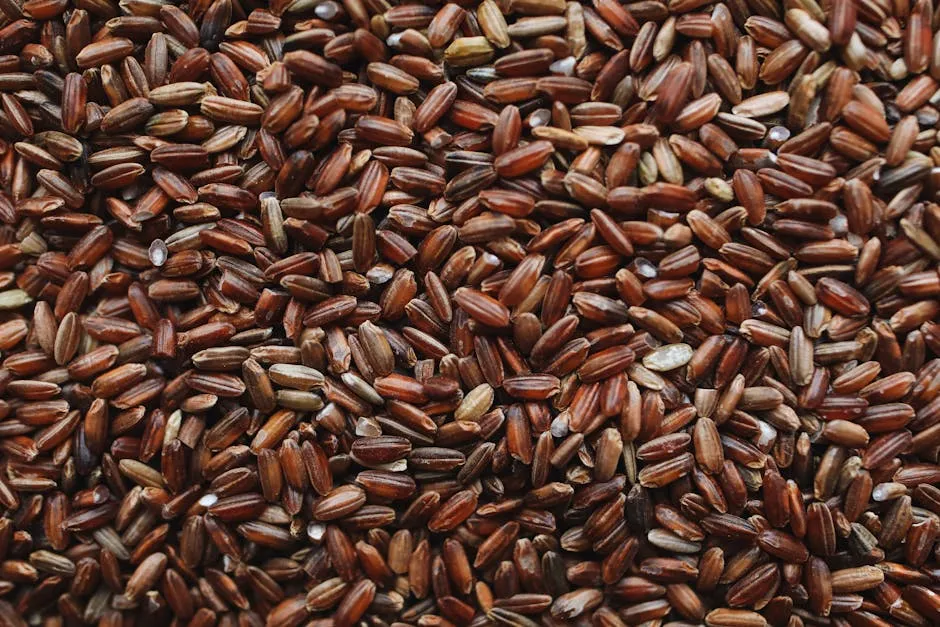
Other Types of Rice
Jasmine and basmati rice are safe for dogs as well. These varieties are typically easier to digest, similar to white rice. Jasmine rice has a fragrant aroma, while basmati offers a unique flavor. Both can be included in your dog’s diet in moderation. Just like other types, ensure they are cooked plain, without any harmful additives. Avoid fried rice, as it can contain unhealthy ingredients like salt or onions that may harm your dog.
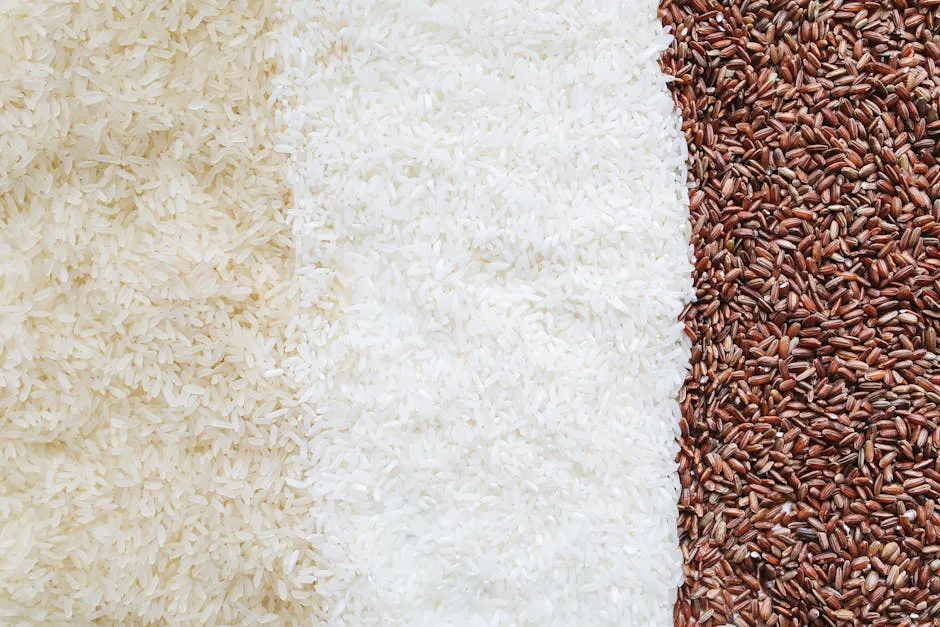
Now, if you’re pondering how to store all this rice, check out a fantastic Pet Food Storage Container. It keeps your dog’s food fresh and free from pests, so you can focus on the important things—like making sure they have enough toys to chew on!
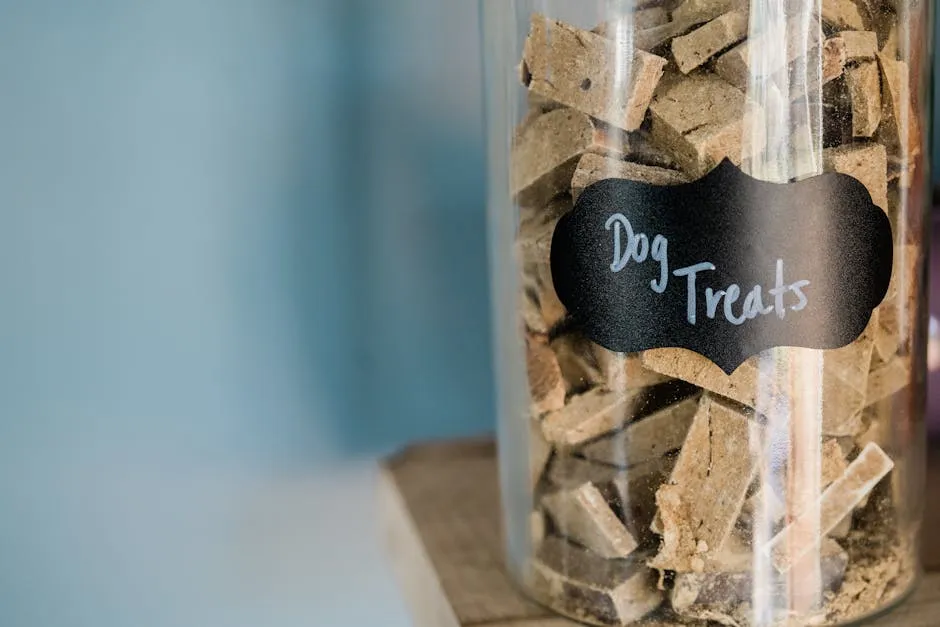
How to Feed Rice to Your Dog
Preparing Rice for Dogs
Cooking rice for your dog is simple and straightforward. Start by rinsing the rice to remove excess starch. Next, boil it in plain water until it’s soft and fully cooked. Avoid adding any salt, butter, or spices, as these can upset your dog’s stomach. Once cooked, let it cool before serving. You can mix it with lean protein, like boiled chicken, for a balanced meal. Always serve rice in moderation, and keep an eye on your dog’s reaction.

Portion Sizes
When feeding rice to your dog, portion size matters. The right amount of rice depends on your dog’s size and dietary needs. For small dogs, 1-2 tablespoons of cooked rice is sufficient. Medium-sized dogs can handle about ¼ cup. Larger breeds may enjoy up to ½ cup.
It’s essential to remember that rice should only make up a small part of their diet. Treats, including rice, should not exceed 10% of your dog’s daily caloric intake. Feeding rice occasionally is best, especially during digestive issues. Always monitor how your dog reacts and adjust portions if needed.
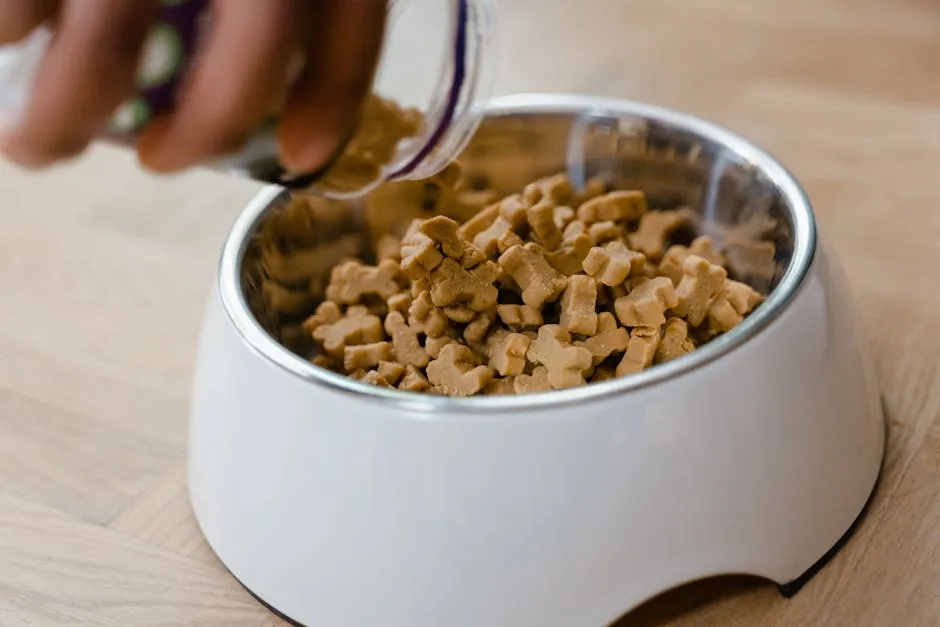
Potential Risks of Feeding Rice to Dogs
Allergic Reactions
Rice allergies in dogs are quite uncommon. However, some dogs might still experience allergic reactions. Symptoms to watch for include vomiting, diarrhea, or skin irritations like itching. If you notice any unusual behavior after feeding rice, consult your veterinarian promptly.

Blood Sugar Concerns
Rice has a high glycemic index, which can affect blood sugar levels. This is crucial for diabetic dogs, as elevated blood sugar can lead to serious health issues. If your dog is diabetic or overweight, consider consulting your veterinarian before adding rice to their diet. Always prioritize their health by monitoring their response to dietary changes.

Arsenic in Rice
Concerns about arsenic levels in rice are valid. Rice can absorb arsenic from soil and water. This can be harmful if consumed in large amounts over time. To minimize risks, choose organic or brown rice. Brown rice usually has lower arsenic levels than white rice. Rinsing rice thoroughly before cooking can also help reduce arsenic. Cooking rice in excess water and draining it can further decrease arsenic content. Variety is key; don’t rely solely on rice for your dog’s carbohydrate needs.

When to Consult Your Veterinarian
It’s crucial to consult your veterinarian before changing your dog’s diet. If your dog has specific health conditions, such as diabetes or allergies, professional advice is essential. If you notice any adverse reactions after introducing rice, like vomiting or diarrhea, reach out to your vet. Additionally, if your dog requires a special diet for gastrointestinal issues, a vet can provide tailored recommendations. Always prioritize your pet’s health by discussing any dietary changes and ensuring they meet their nutritional needs.
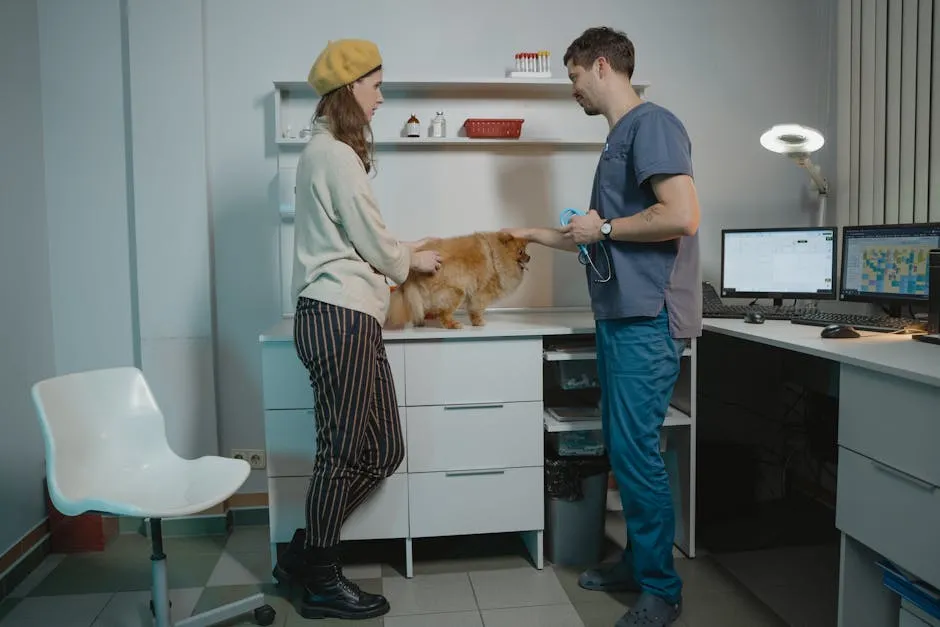
Conclusion
In summary, rice can be a safe addition to your dog’s diet when prepared properly. It offers carbohydrates and can aid digestion, especially during gastrointestinal distress. However, moderation is crucial, as rice should only make up a small portion of their diet. Always consult your veterinarian before introducing new foods or making significant changes. By ensuring a balanced diet and keeping an eye on portion sizes, you can help keep your furry friend happy and healthy.

And speaking of happiness, why not treat your furry friend to some fun with Dog Toys? They need to play just as much as they need to eat!
Please let us know what you think about our content by leaving a comment down below!
Thank you for reading till here 🙂
All images from Pexels

